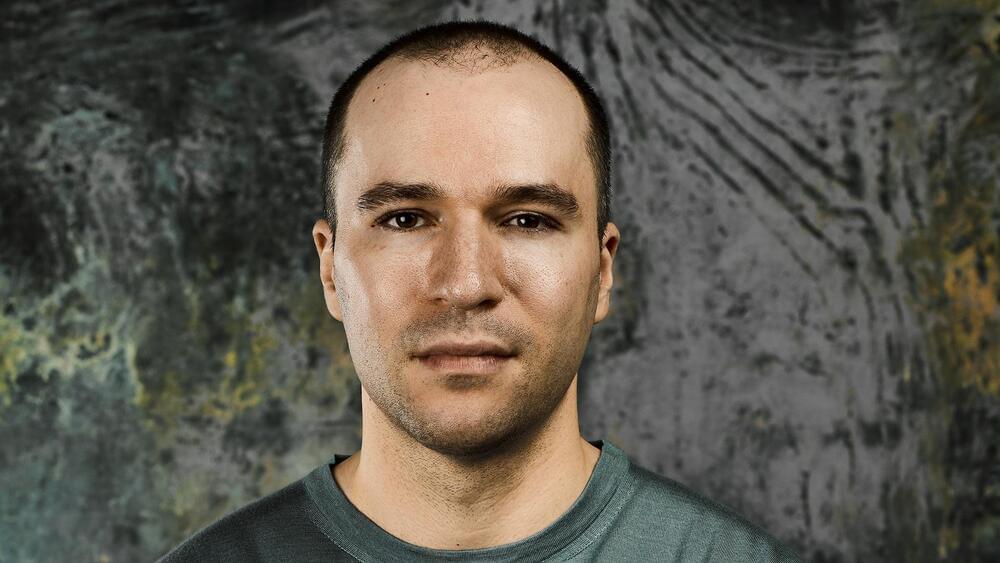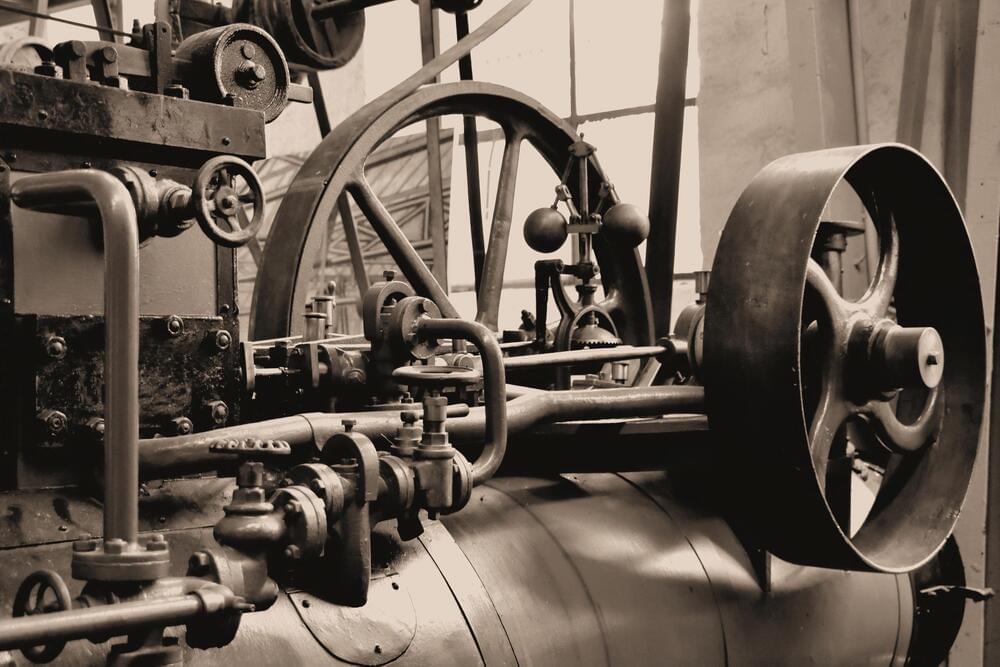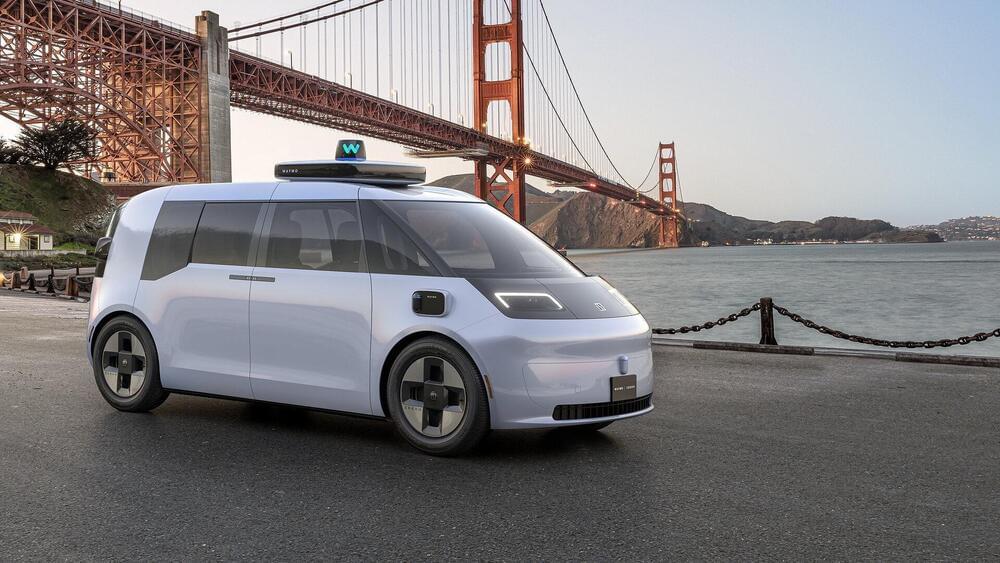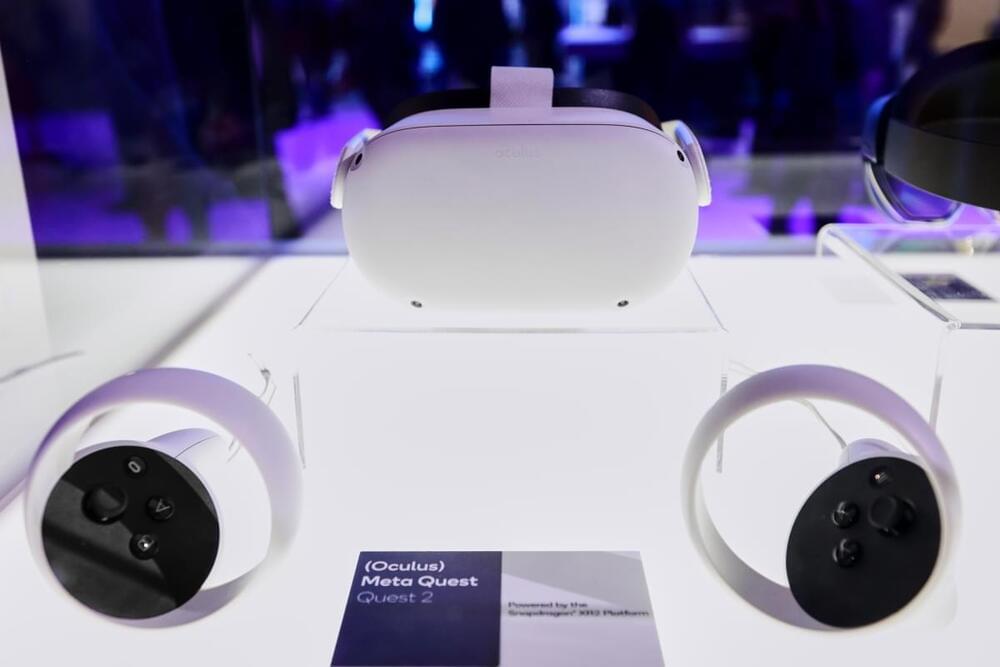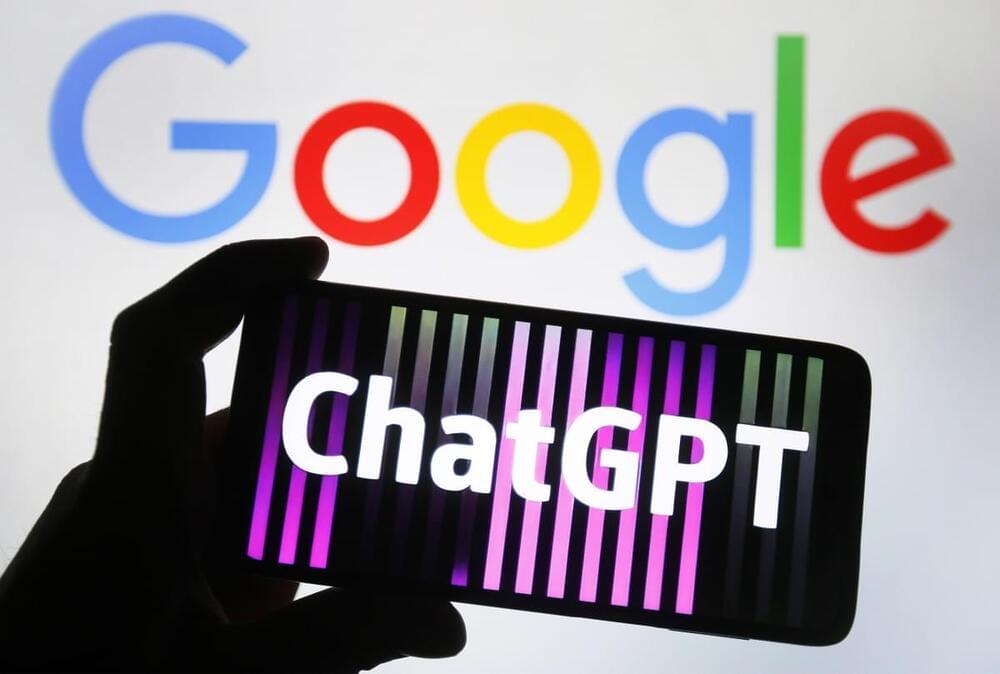Artificial intelligence will be 2023’s.
Perhaps nothing indicates this better than OpenAI and its conversational robot ChatGPT. Forbes estimates that it’s already exceeded 5 million users in less than 60 days from launch.
Then, there’s Stability AI’s open-source image generation model Stable Diffusion, which has been used on pop music videos, Hollywood movies and by more than 10 million people on a daily basis. Stability’s brash CEO Emad Mostaque predicts the “dot-AI bubble” is coming. If OpenAI (recently valued at $29 billion) and Stability ($1 billion, off virtually no revenue) are any indication, it’s already begun. While the experts Forbes spoke to have different views on how the market will play out, one thing is for sure: soon, AI will be affecting the way that you work, like it or not.
Here are six things you probably didn’t know about ChatGPT, Stable Diffusion and the future of generative AI. For more, read Forbes’ new magazine feature on the dawn of the work-ready AI era.
Bill Gates is excited about AI, and is now spending 10% of his time back at Microsoft meeting with product teams, he said. He’s not alone: At Google, CEO Sundar Pichai reportedly enacted a “code red” emergency, reorienting the company’s work to focus on ways to counteract ChatGPT and similar tools. In turn, hermetic founders Larry Page and Sergey Brin are back. Forbes broke the news that Brin filed a code request on LaMDA, Google’s natural language chatbot, in January—his first in years.


